South Africa: A president against his people | Africa | DW
Few workers showed up to listen to President Cyril Ramaphosa at a May Day rally in South Africa’s North West Province earlier in the week.
Those who did drowned him out with chants of “Cyril must go!”
The confrontation with the president at the Royal Bafokeng Stadium on Sunday mainly involved strikers from the nearby Sibanye-Stillwater gold mine in Rustenburg and those backing the miners’ demand for better pay.
An offer to damage control
Ramaphosa’s hasty retreat in an armored police truck was televised live.
“I couldn’t believe it when it was all unfolding. In fact, I was telling my wife when the president was ousted that I couldn’t believe it,” said Herman Mashaba, former mayor of Johannesburg and leader of the ActionSA party. the News24 network.
Ever since Ramaphosa was booed from the scene, his ruling African National Congress (ANC) and traditional allies and supporters have been busy doing damage control.
Ramaphosa quickly issued a statement expressing the need for a “fair” wage settlement for miners.
“The Rustenburg workers’ wage demands deserve the attention of all stakeholders, employers and workers so that a fair and lasting settlement can be reached,” Ramaphosa wrote in a statement. newsletter this week. “As a government, we are determined to play our part.”
A pivotal moment
But the country’s working class and poor refuse to be gaslighted, with many saying they agree with the crowd’s anti-Ramaphosa actions during the May Day events.
Political parties and analysts are very attentive to the situation.
Not only are municipal by-elections underway in three wards, but internal power struggles are erupting within the ANC and Ramaphosa faces a bid for re-election as ANC leader next year.
“You could say he is gradually losing his credibility among working people who want grassroots issues to be dealt with by the government,” said Johannesburg-based political journalist Brian Sokotu.
The two biggest mining unions are demanding a pay rise of 1,000 rand ($63 or €60) per month over the next three years.
The mine wants to give its workers just R800 more.
An open wound
Disgruntled workers in the North West province operate near the Marikana mine in the country’s platinum belt where police shot dead 34 striking miners and seriously injured dozens more in 2012.
At the time, Ramaphosa was a non-executive director of Lonmin, the multinational that ran Marikana.
Lonmin, which has since been bought out by Sibanye-Stillwater, preferred strong intervention to end the strike.
The massacre marked a low point in post-apartheid South Africa and many citizens have yet to accept Ramaphosa’s later apologies for his actions in his run.
Police gunned down 34 striking platinum miners in Marikana, North West Province, in a show of deadly force not seen since the apartheid era
During the apartheid era, Ramaphosa was the leader of the National Union of Miners (NUM), but as a union leader he was known for his sumptuous taste, fine wine tasting and first class flying.
He accumulated considerable wealth as part of black economic empowerment initiatives after white minority rule ended in 1994.
Today, Ramaphosa’s fortune is estimated at three million dollars.
Who trusts Ramaphosa?
The problem Ramaphosa faces is how to reconcile the needs of workers with the demands of large mining and trading companies.
“In theory, he is embedded in both institutions – the labor movement and business. However, the two institutions do not trust him for his lack of decisiveness in the face of the main challenges facing the country,” said Lumkile Mondi, economist and senior lecturer at Wits Business School. DW.
“To working people, he is seen as a proxy for business. He is aloof, solitary and under him South Africa’s economic and political crisis has deepened with violence, destruction of infrastructure and lawlessness. “Mondi said.
Johannesburg resident Lucie Mbele has three children and is unemployed. She told DW she understood why the miners at Royal Bafokeng Stadium were behaving the way they did.
“The economy is very bad. Everything is down. Food prices are going up. Everything is expensive – housing is expensive and there are no job opportunities at the moment because most companies are closing because of the economy,” Mbele told DW.
“So it seems to me that the president is not doing enough to improve the situation in the country right now.”
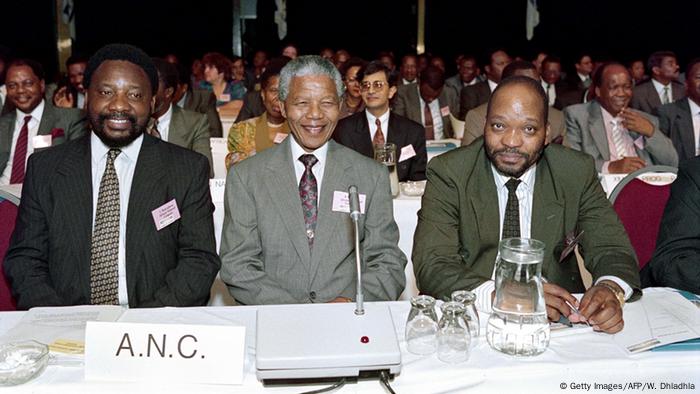
Cyril Ramaphosa pictured with Nelson Mandela and Jacob Zuma in 1991 during negotiations to end apartheid
Four years in a new chapter
After Ramaphosa’s victory in the 2018 presidential elections, South Africa was optimistic that its new president, with vast experience in the big business world, would grow the economy fast enough to pull more out of people of poverty.
But Ramaphosa inherited trouble and had to oversee a state capture corruption probe that culminated under his predecessor, ANC veteran Jacob Zuma, who is still escaping justice.
Meanwhile, government figures show that 18 million citizens depend on its social allowance program.
The number of unemployed young people aged 15 to 24 reached a record high at the end of 2021.
“In terms of unemployment in the country, if the country has a youth unemployment rate of 66.5%, that’s really quite high,” said Brian Sokutu, the political reporter.
“People are really crying out for jobs through youth empowerment.”
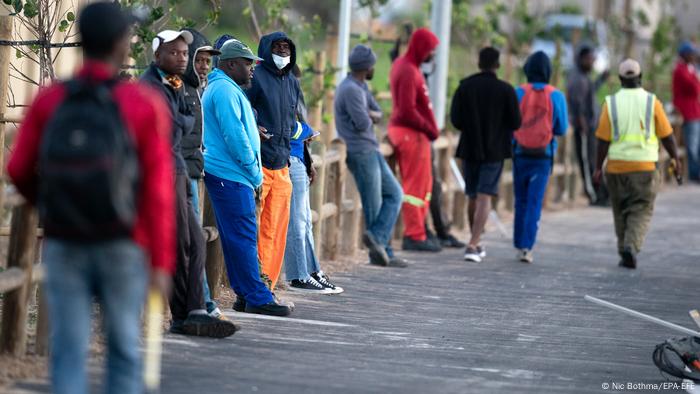
Job seekers can be seen on key streets in virtually every township and city in South Africa
Mines and big corporate cats
Last year, Sibanye-Stillwater CEO Neal Froneman received nearly R300 million in compensation in 2021, according to the company’s annual report.
At the same time, the mining industry estimated that it would cost R300 million to help the government.
Often, the pay of South Africa’s mining lords and business tycoons makes headlines.
Young people across the country are particularly critical of figures such as Sibanye-Stillwater CEO Neal Froneman
“The criticism is justified in a country with deep economic and political challenges,” said economist Mondi.
However, he added, South African businesses need leaders who “understand the challenges of community, climate change, governance and sustainability”.
To attract them, he said, they must be compensated in the same way as their counterparts around the world.
Ramaphosa’s outlook
Political analysts expect Ramaphosa to remain president after the next general election in 2024, although the ANC faces serious internal challenges: unruly membership and internal rivalries that have in some cases led to murder.
But, at the same time, the ANC has traditionally relied on the workers to secure its majority at the polls.
While the Congress of South African Trade Unions (COSATU) is still an ally of the party, unions in general are splintered and overall membership is low.
Zwelinzima Vavi, General Secretary of the South African Federation of Trade Unions, recently stated that more than 70% of employed citizens do not belong to a union.
Capitalism and bullying by employers are to blame, he said.
Last month, the far-left Economic Freedom Front (EFF) announced its intention to form a union that would be affiliated with its party.
Edited by: Kate Hairsine

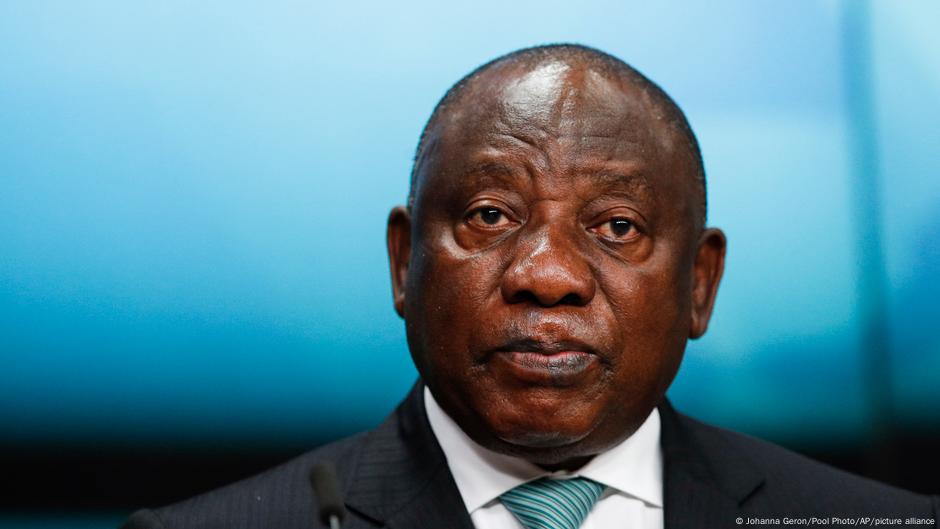
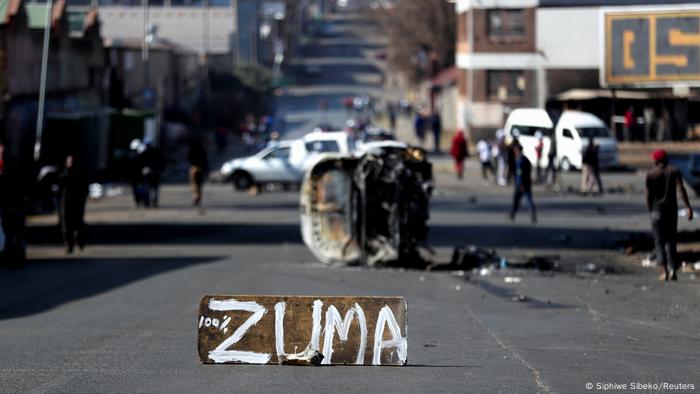
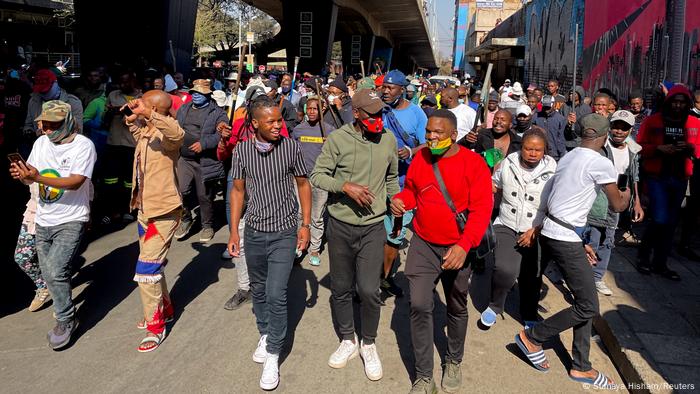
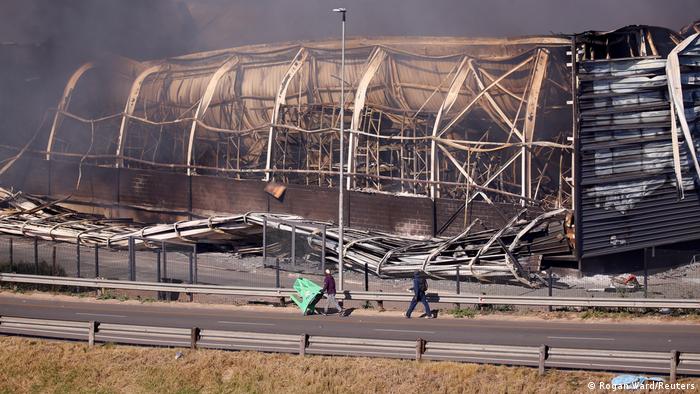

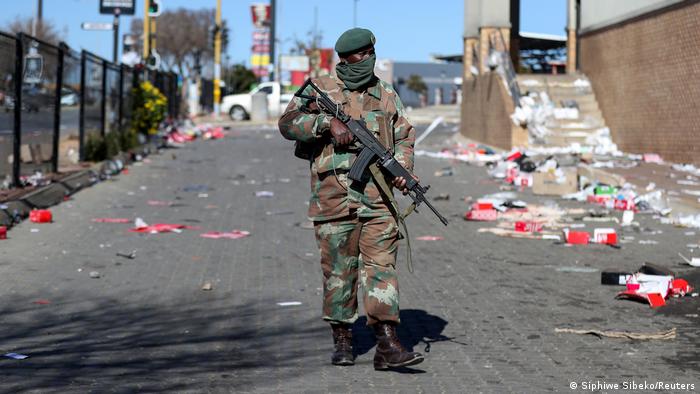
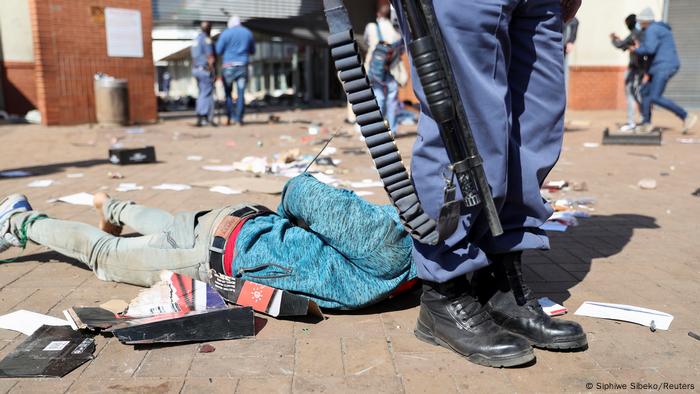
Comments are closed.